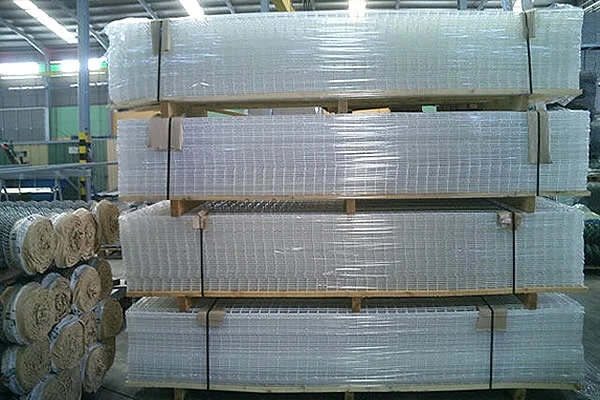 TEL:
+86-13102802206
TEL:
+86-13102802206
 Email:
fencenetting@china.com
Email:
fencenetting@china.com
 Language
Language
 TEL:
+86-13102802206
TEL:
+86-13102802206
 Email:
fencenetting@china.com
Email:
fencenetting@china.com
 Language
Language


The Utility and Design of Gabion Walls
Gabion walls are an innovative and versatile solution used in civil engineering, landscape architecture, and environmental management. Constructed from wire mesh filled with stones, boulders, or other materials, these walls serve multiple purposes, including erosion control, slope stabilization, and aesthetic enhancement in various landscapes. In this article, we will explore the characteristics, benefits, and applications of gabion walls.
Characteristics of Gabion Walls
Gabion walls are characterized by their distinctive composition. The primary framework is made from durable wire mesh that is galvanized or coated to resist corrosion. Inside these wire enclosures are stones or other materials that provide mass and stability. The stones used can vary in size, shape, and type, depending on the particular design and intended function of the wall. This adaptability makes gabion walls suitable for a diverse range of environments.
One of the defining features of gabion walls is their modular nature. They can be constructed in various sizes and configurations, allowing for flexibility in design. Additionally, gabion walls are permeable structures. Water can flow through them, reducing hydrostatic pressure and preventing issues related to water buildup behind solid walls, which is a common concern in traditional retaining wall designs.
Benefits of Gabion Walls
Gabion walls offer numerous advantages that make them an attractive option for many projects
. First and foremost, they are ecological structures. The use of natural stone promotes biodiversity, as the gaps within the walls can create habitats for various plant and animal species. Furthermore, the permeability of gabion walls allows for the natural filtration of water, which can enhance groundwater recharge and reduce runoff.Cost-effectiveness is another significant benefit. Gabion walls can often be constructed using locally sourced materials, which can lower transportation costs and the overall budget for a project. Additionally, the labor involved in constructing gabion walls is generally less intensive compared to traditional concrete structures, further enhancing their economic appeal.

Construction speed is another advantage. Gabion walls can be assembled relatively quickly, as they do not require extensive groundwork or heavy machinery for installation. The modular design allows for easy stacking and arrangement, which can be particularly advantageous in remote areas or locations with challenging terrain.
Applications of Gabion Walls
The applications of gabion walls are wide-ranging, making them an invaluable asset in various fields. In civil engineering, they are frequently used for slope stabilization, preventing erosion on hillsides and along riverbanks. By absorbing and redistributing the forces exerted by soil and water, gabion walls effectively mitigate landslides and soil erosion, protecting infrastructure and natural landscapes.
In landscape architecture, gabion walls serve as attractive design elements. They can be used as retaining walls, garden borders, or decorative features in parks and public spaces. The natural appearance of stone infill combined with the structured form of the wire mesh can create a visually appealing contrast in urban and rural settings alike.
Moreover, gabion walls are increasingly utilized in environmental restoration projects. They provide immediate stabilization to disturbed sites while promoting the reestablishment of vegetation. Over time, the natural processes within and around gabion walls can foster the development of sustainable ecosystems.
Conclusion
In summary, gabion walls are a practical and eco-friendly solution for various challenges in construction and landscape design. Their unique structural characteristics, coupled with numerous benefits—such as environmental adaptability, cost-effectiveness, and rapid construction—make them highly valuable in modern engineering practices. As we continue to prioritize sustainability and efficiency in our developments, gabion walls will undoubtedly play an increasingly important role in shaping our environments. Whether used for erosion control, aesthetic purposes, or ecological restoration, gabion walls embody a remarkable blend of functionality and natural beauty, offering endless possibilities for future applications.